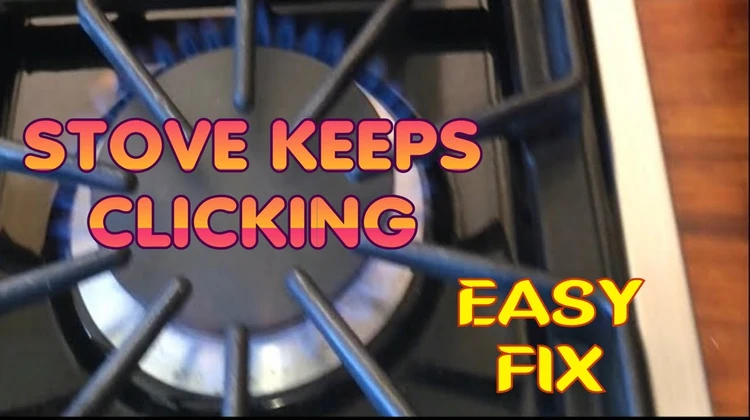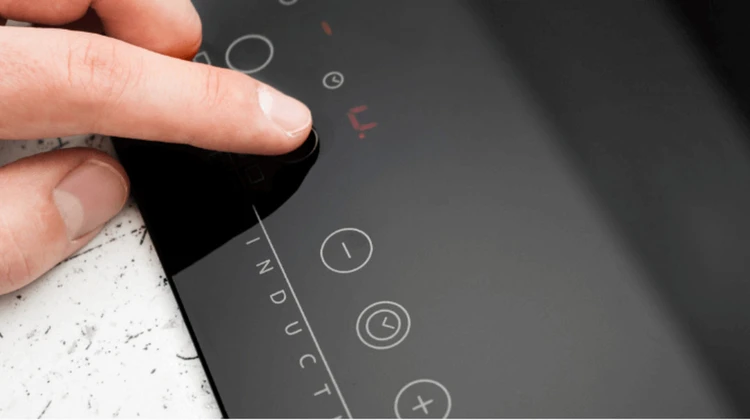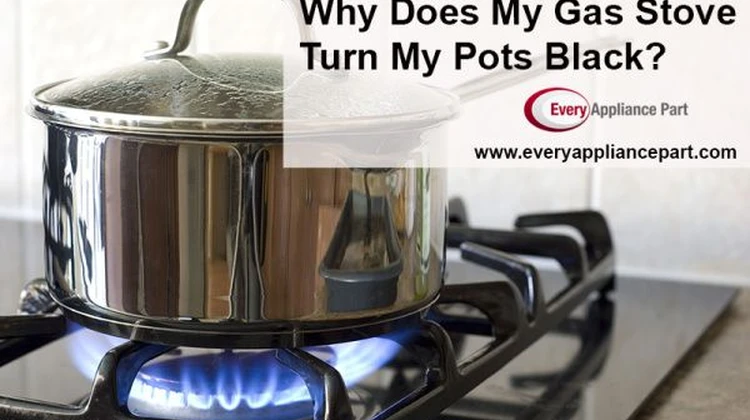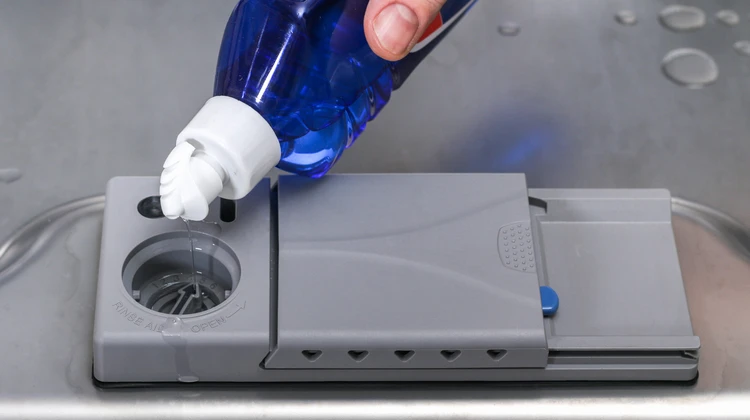Imagine this: you’re in the middle of cooking dinner when suddenly, your gas stovetop starts clicking incessantly. This common issue can be frustrating for homeowners, renters, and kitchen enthusiasts alike. With over a decade of experience in kitchen appliance repair and home maintenance, I’ve seen firsthand how this problem can disrupt daily cooking tasks.
Disclaimer: As an Amazon Associate, I earn commission from qualifying purchases.
According to consumer reports, gas stovetop clicking is among the most frequent kitchen appliance issues. While the advice here is general and may not apply to all stovetop models, it aims to provide practical, expert-backed solutions to this common kitchen challenge.
Overview of Gas Stovetop Functionality
Understanding the basics of how a gas stovetop works can help you identify the root cause of the clicking sound. The ignition system is crucial here. When you turn the knob to ignite a burner, a spark ignitor generates a spark that ignites the gas flowing through the gas control valve. Manufacturer manuals, such as those from GE Appliances, provide detailed insights into these components.
Common Causes of Gas Stovetop Clicking
Several issues can cause a gas stovetop to click continuously. Here are the most common culprits:
- Clogged Burner: Food debris or grease can clog the burner holes, preventing gas from flowing properly.
- Faulty Ignition Switch: A malfunctioning ignition switch may fail to produce a spark, leading to continuous clicking.
- Moisture in the Burner: Water or moisture can interfere with the ignition process, causing the clicking sound.
Home improvement websites and consumer reports often highlight these issues, offering a balanced perspective on when professional help may be necessary.
Identifying the Cause of Clicking
To diagnose the specific cause of the clicking sound, follow these steps:
- Visual Inspection: Check for any visible obstructions or damage to the burner and ignitor.
- Simple Diagnostic Tests: Try lighting the burner with a match to see if it ignites. If it does, the issue might be with the ignition switch.
Professional repair manuals and industry best practices recommend these diagnostic steps, with safety precautions and disclaimers about handling gas appliances.
Cleaning the Burner
Cleaning the burner can often resolve the clicking issue. Here’s a step-by-step guide:
- Disassemble the Parts: Remove the burner cap, burner head, and burner base.
- Clean with Appropriate Solutions: Use a mixture of warm water and mild dish soap to clean the parts. Avoid using abrasive cleaners.
- Reassemble: Once clean and dry, reassemble the parts and test the burner.
Professionals recommend specific cleaning techniques and tools, such as a soft brush or pipe cleaner. Always follow safety warnings about using cleaning solutions near gas appliances.
Replacing the Spark Ignitor
If the spark ignitor is faulty, you’ll need to replace it. Here’s how:
- Identify the Correct Replacement Part: Consult your appliance’s manual or contact the manufacturer for the correct part number.
- Tools Needed: Gather a screwdriver and any other necessary tools.
- Replacement Process: Follow the manufacturer’s instructions to remove the old ignitor and install the new one.
Appliance repair guides and manufacturer recommendations provide detailed instructions, mentioning common pitfalls to avoid. Transparent pricing information for common replacement parts can also be found in these resources.
Addressing Moisture in the Burner
Moisture can affect the burner and cause clicking. Here are some tips:
- Preventing Moisture Buildup: Ensure the area around the stovetop is dry and well-ventilated.
- Drying the Burner: If moisture is present, use a dry cloth to wipe the burner and let it air dry before attempting to ignite it again.
Studies on appliance maintenance in humid environments highlight the importance of maintaining a dry kitchen environment to prevent such issues.
Checking the Gas Supply
Ensuring adequate gas flow to the burner is crucial. Follow these steps:
- Check the Gas Valve: Make sure the gas valve is fully open.
- Inspect the Gas Line: Look for any kinks or damage in the gas line that might restrict flow.
Official documentation from gas supply companies provides technical details on gas pressure and flow, with safety precautions and recommendations for professional help if needed.
Troubleshooting the Gas Control Valve
The gas control valve regulates gas flow to the burner. Here’s how to troubleshoot it:
- Adjust Settings: Ensure the valve is correctly adjusted according to the manufacturer’s guidelines.
- Check for Leaks: Use a soapy water solution to check for leaks around the valve.
Professional repair guides and manufacturer documentation offer detailed instructions and mention common issues with gas control valves. Safety warnings and transparent information on costs are also provided.
Preventative Maintenance Tips
Keeping your gas stovetop in optimal condition can prevent future clicking issues. Here are some tips:
- Regular Cleaning: Clean the burners and stovetop regularly to avoid debris buildup.
- Check for Wear and Tear: Inspect the ignition system and gas control valve for any signs of wear.
- Professional Inspection: Schedule annual inspections by a professional to ensure everything is in working order.
Industry best practices and manufacturer recommendations emphasize the importance of regular maintenance, offering a balanced perspective on DIY vs. professional maintenance.
When to Call a Professional
Certain repairs may require professional help due to their complexity and safety concerns. Here are some scenarios:
- Complex Repairs: If the issue involves intricate parts like the gas control valve or ignition system, it’s best to call a professional.
- Safety Concerns: Always prioritize safety, especially when dealing with gas appliances.
Professional repair associations provide guidelines on when to seek expert help, offering transparent information on typical repair costs and timelines.
Best Practices for Kitchen Safety
Ensuring kitchen safety, especially with gas appliances, is paramount. Here are some best practices:
- Ventilation: Ensure proper ventilation to prevent the buildup of harmful gases.
- Fire Safety: Keep a fire extinguisher nearby and know how to use it.
- General Kitchen Hygiene: Maintain a clean and organized kitchen to minimize risks.
Safety standards from organizations like the National Fire Protection Association offer detailed guidelines to enhance kitchen safety.
Frequently Asked Questions (FAQs)
Why is my gas stovetop clicking after cleaning?
After cleaning, residual moisture or improper reassembly can cause clicking. Ensure all parts are dry and correctly reassembled.
How do I know if my spark ignitor is faulty?
If the ignitor produces no spark or a weak spark, it may be faulty. Visually inspect it for any signs of damage or wear.
Can I fix a clicking gas stovetop myself?
Minor issues like a clogged burner can be fixed at home, but more complex problems may require professional help.
What are the signs of a gas leak?
Signs of a gas leak include a rotten egg smell, hissing sounds, and dead plants or grass near the gas line. If you suspect a leak, evacuate immediately and call your gas company.
How often should I clean my gas stovetop burners?
Clean your burners at least once a month to prevent debris buildup and ensure optimal performance.
Conclusion
Dealing with a clicking gas stovetop can be frustrating, but with the right knowledge and tools, many issues can be resolved at home. Regular maintenance and safety are key when dealing with gas appliances.
Remember to seek professional help for complex repairs to ensure your safety and the longevity of your appliance. By following the expert advice provided, you can keep your gas stovetop in optimal condition and avoid future issues.







